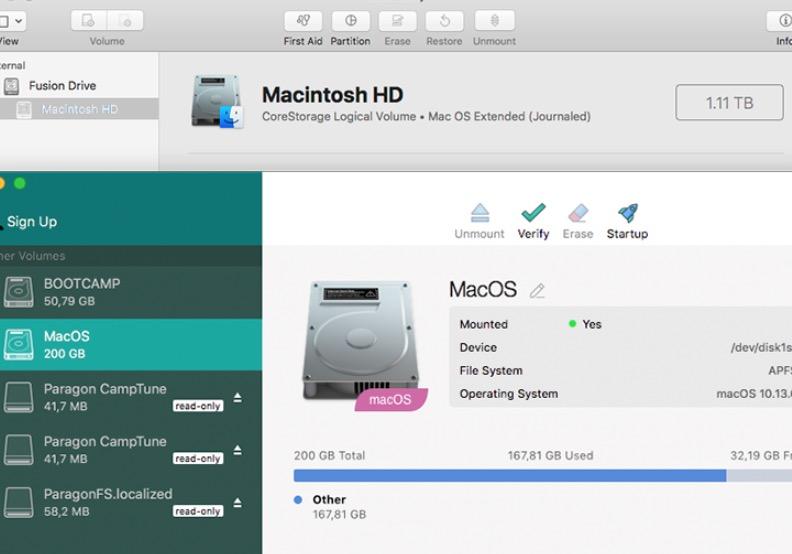

I created a dedicated SMB share for Time Machine and served that as a dedicated share. I'm running Time Machine on my MBP to a SMB network share served by my Linux box. I don't own a mac mini/etc so APFS on remote system is not an option. I know Synology and others typically run BTRFS/etc, but not sure if they use SMB or not to write to them locally. I'm considering dual-booting with linux and running a file system that might be more compatible with APFS like exfat or ext4 (for example, leading periods in files, slashes, etc). SMB can write to this, but I worry that there may be minor file type issues that don't write correctly between APFS and NTFS. Is SMB efficient? Should I be backing up via another method to a little SFF machine?Ģ. Now, I know of course that Samba (SMB) is supposed to seamlessly convert files between operating systems if you transfer over network shares, but I have a few concerns:ġ. I have a small Windows SFF machine on the network that I want to use like 75% as a NAS/Plex server and to quickly back up files, maybe using Rclone or something else. See also the fix for problems clicking "allow" for the "System Extension Blocked" message for osxfuse, and the osxfuse docs for mount options, such as allow_other and defer_permissions.My main machine is a 2021 Macbook, obviously running APFS. append /Groups/operator GroupMembership "$(whoami)" Here using whoami to find your current username. brew cask install osxfuseĪccording to the docs, you might also have to add to the operator group. Install both ext4fuse and osxfuse using Homebrew. On macOS Sierra the option -o allow_other is needed, as in: ext4fuse /dev/diskNsM $HOME/tmp/my-linux-mount -o allow_other mkdir -p "$HOME/tmp/my-linux-mount"Įxt4fuse "/dev/diskNsM" "$HOME/tmp/my-linux-mount" You can find these appropriate numbers for your machine in OS X' Disk Utility or by running diskutil list on the command line. However, it should work on top of any FUSE implementation.īasic usage, where N and M in /dev/diskNsM are the disk and partition numbers (such as 7 and 1) of your Ext4 ("Linux") data. The main reason this exists is to be able to read linux partitions from OSX.


Ext4fuse This is a read-only implementation of ext4 for FUSE.


 0 kommentar(er)
0 kommentar(er)
